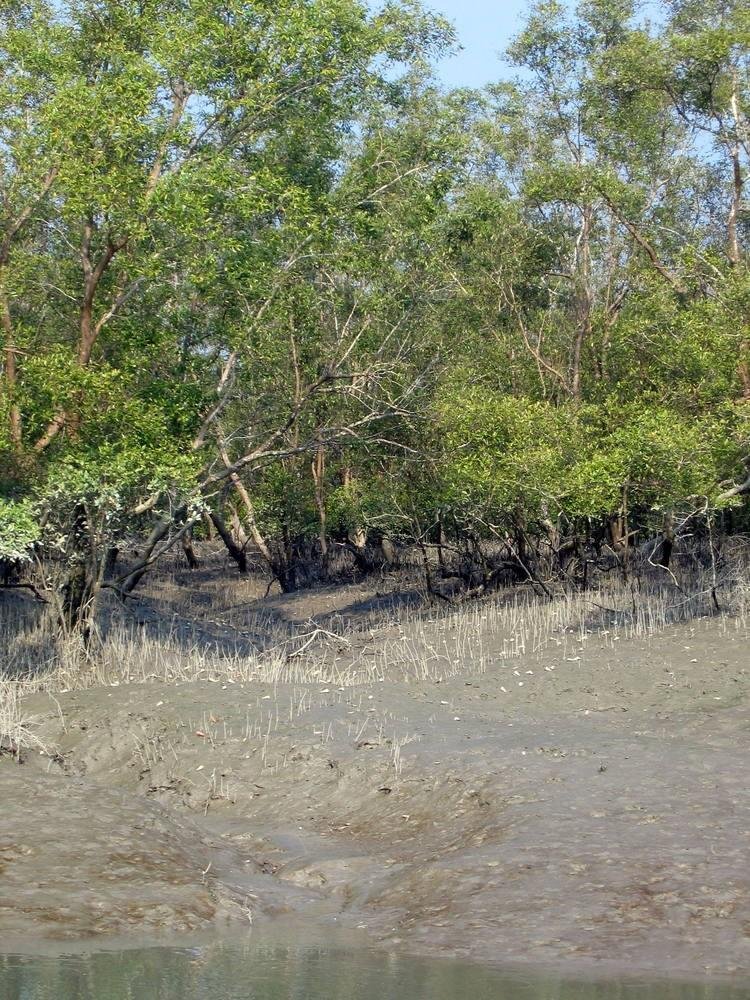****The Sundarbans
The Sundarbans mangrove forest, one of the largest such forests in the world (140,000 ha), lies on the delta of the Ganges, Brahmaputra and Meghna rivers on the Bay of Bengal. It is adjacent to the border of India’s Sundarbans World Heritage site inscribed in 1987. The site is intersected by a complex network of tidal waterways, mudflats and small islands of salt-tolerant mangrove forests, and presents an excellent example of ongoing ecological processes. The area is known for its wide range of fauna, including 260 bird species, the Bengal tiger and other threatened species such as the estuarine crocodile and the Indian python.

****Famous spots
The main tourist point is Hiron Point (Nilkamal) for watching tiger, deer, monkey, crocodiles, birds and natural beauty. Katka is for watching deer, tiger, crocodiles, varieties of birds and monkey.famous Morning and evening symphony of wild fowls. Vast expanse of grassy meadows running from Katka to Kachikhali (Tiger Point) provide opportunities for wild tracking. Tin Kona Island for tiger and deer. Dublar Char (Island) for fishermen. It is a beautiful island where herds of spotted deer are often seen to graze. Here land and water meet in many novel fashions, Wildlife presents many a spjectacle. No wonder, you may come across a Royal Bengal Tiger swimming across the streams or the crocodiles basking on the river banks. With the approach of the evening herds of deer make for the darkling glades where boisterous monkeys shower Keora leaves from above for sumptuous meal for the former. For the botanist, the love of nature, the poet and the painter this land provides a variety of wonder for which they all crav
Article text copied from a book Wilrderness of wildlife tourism
Sneaky, but still wrong.